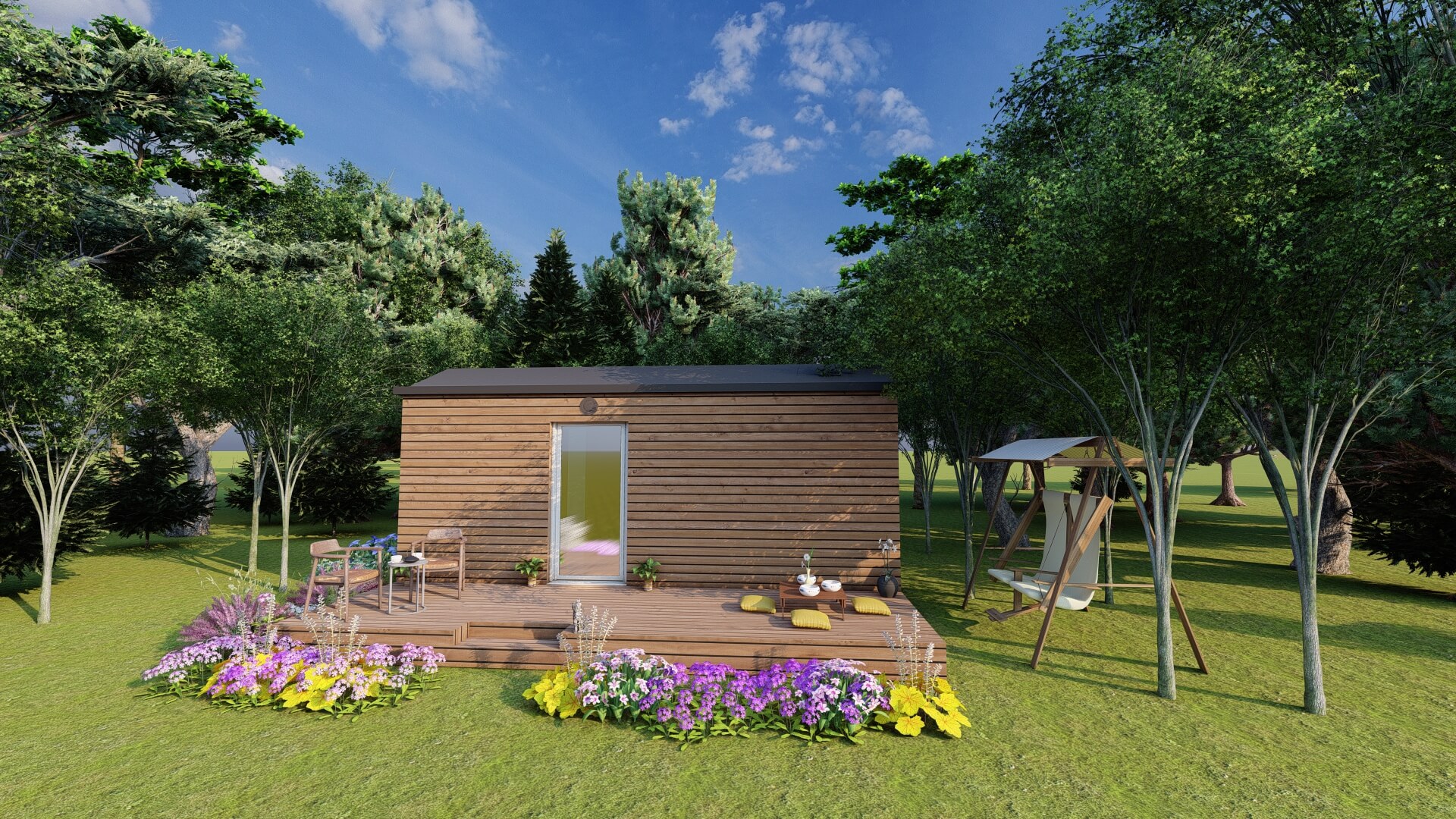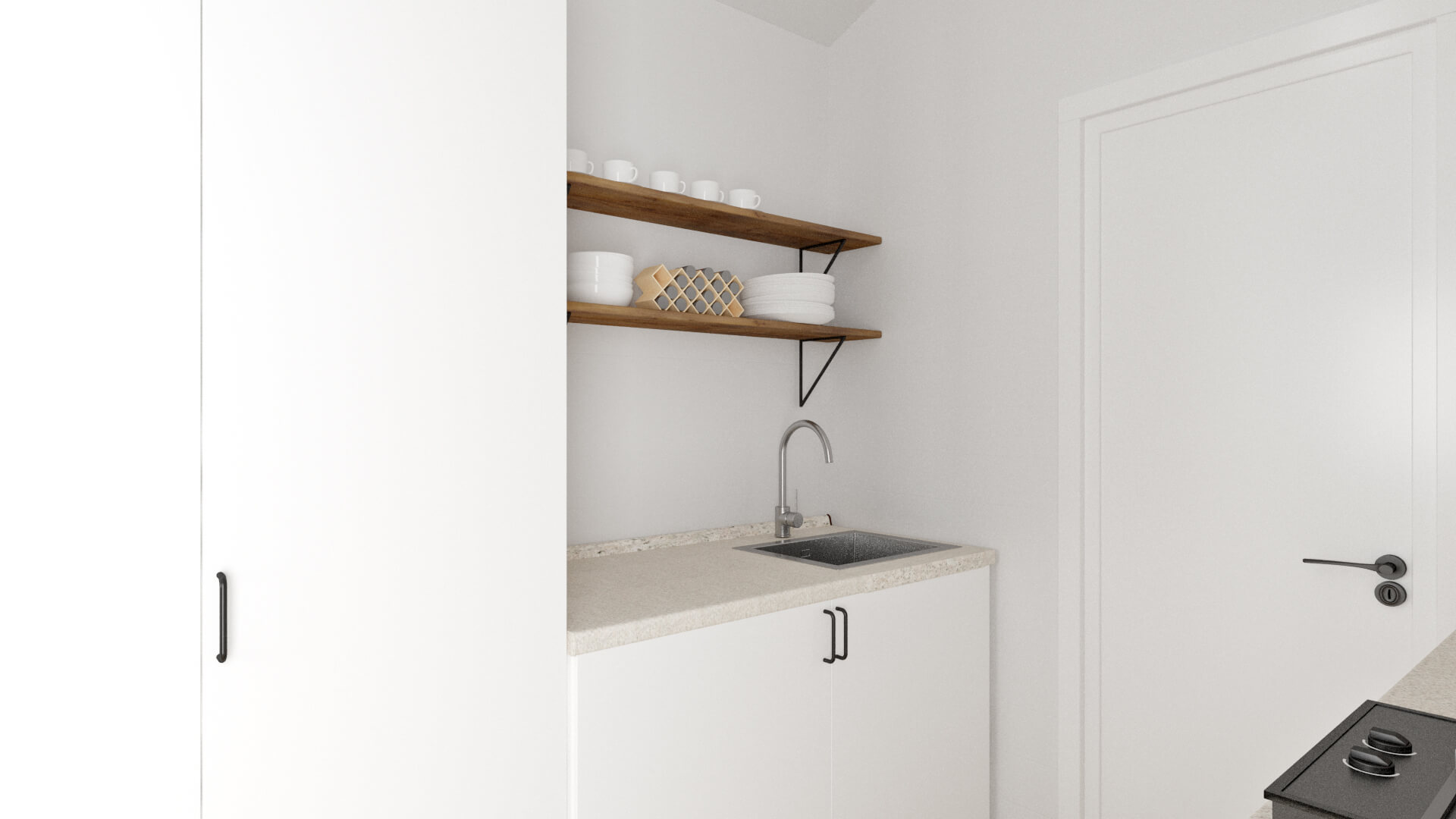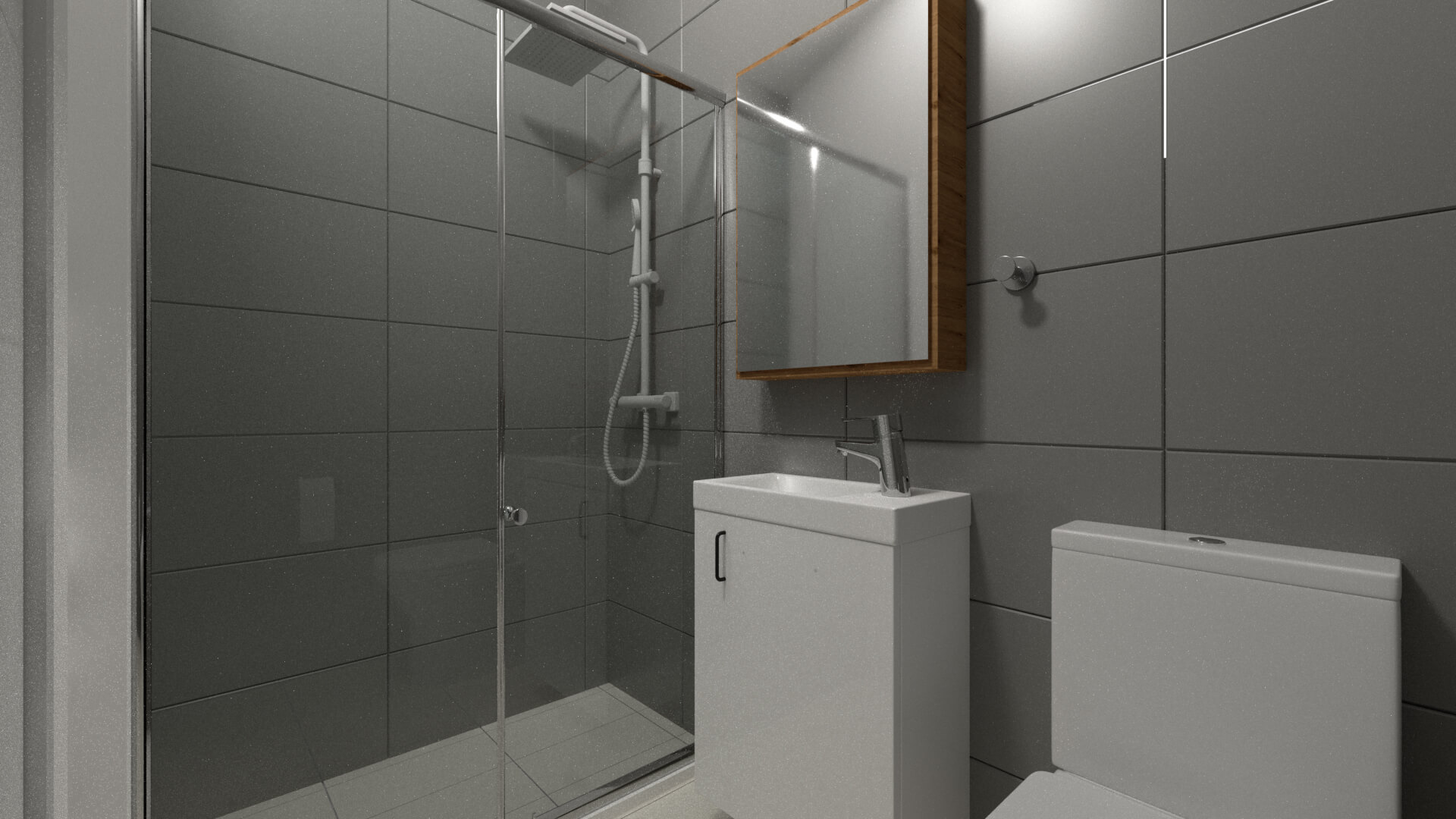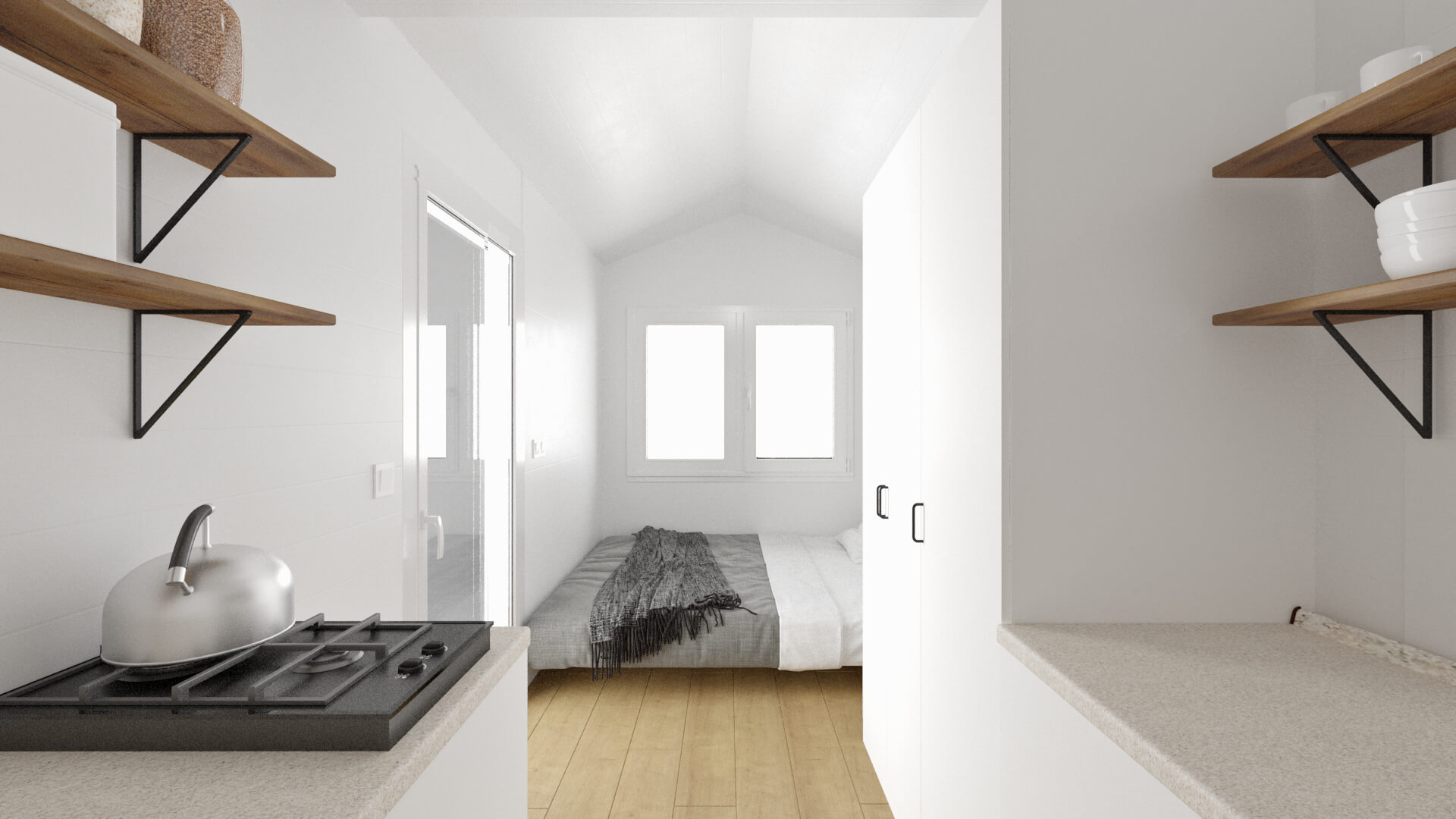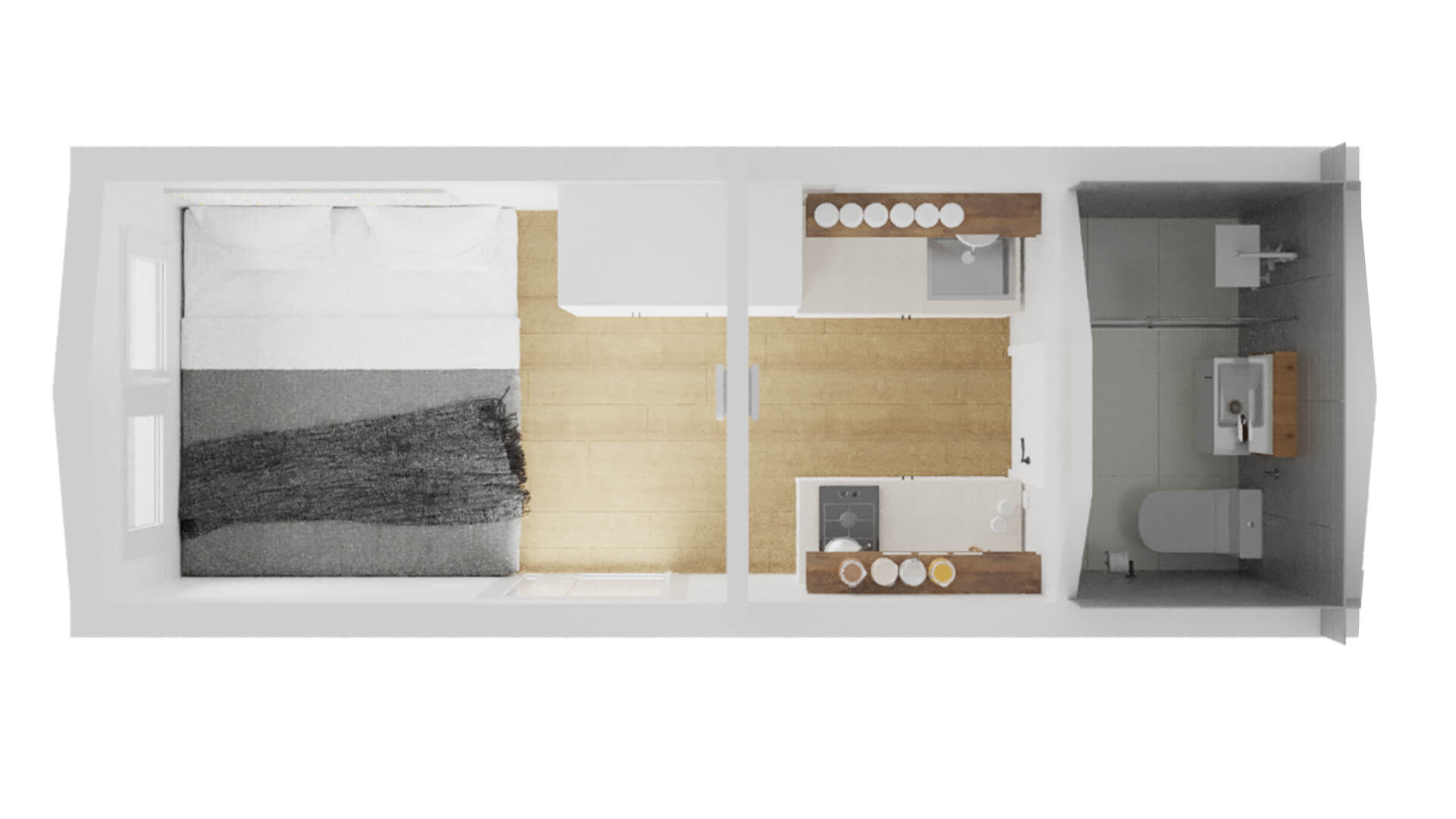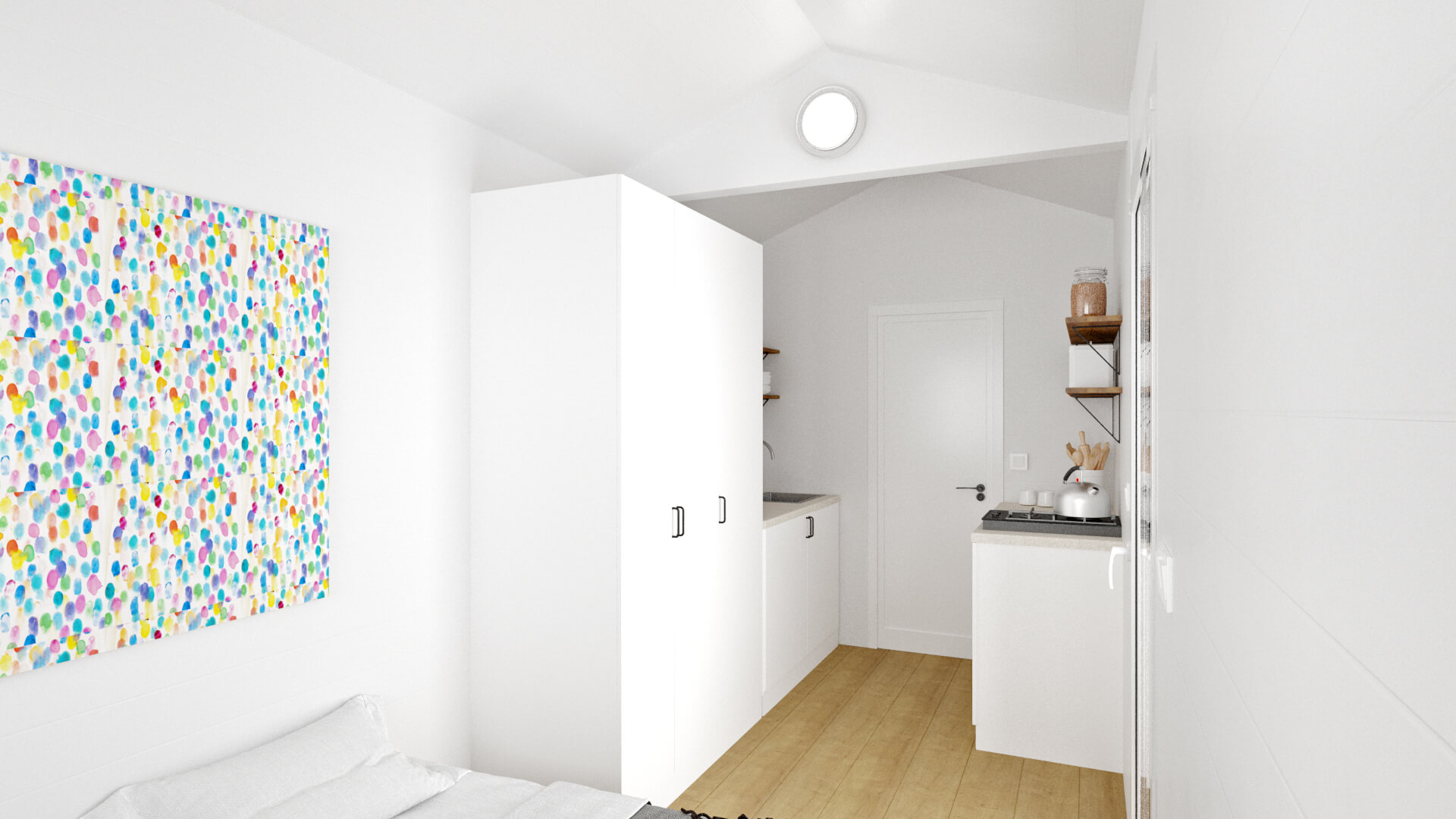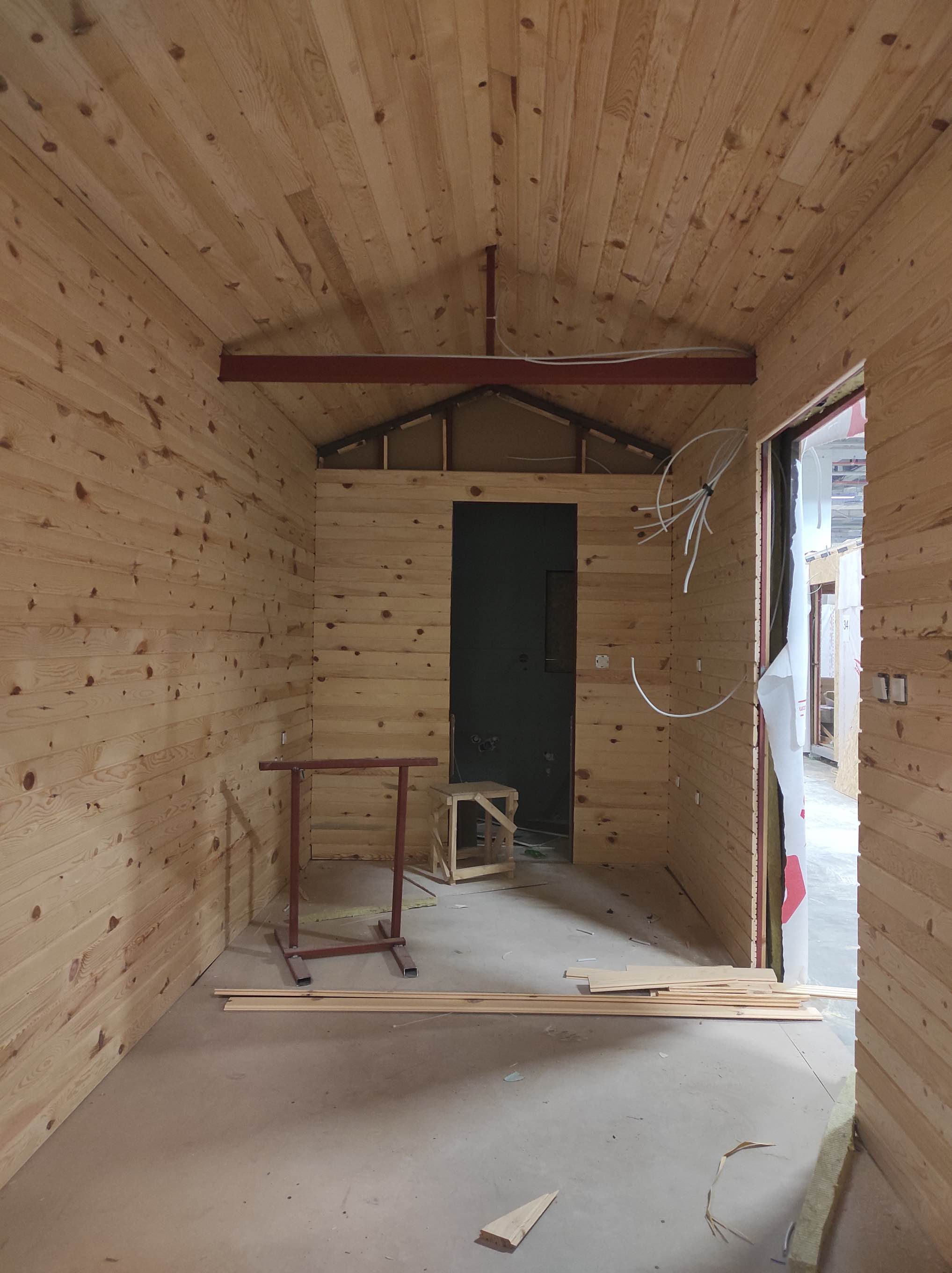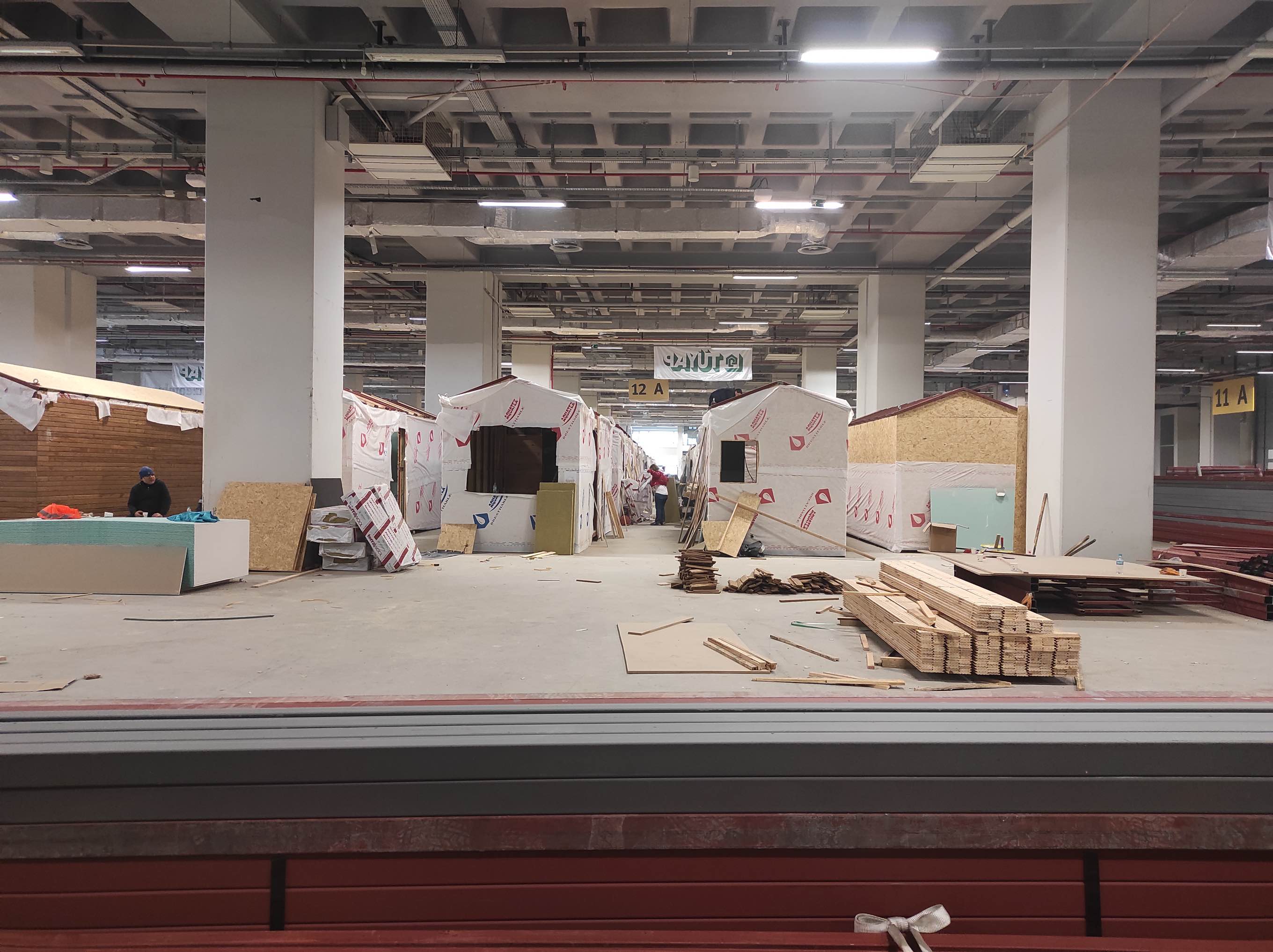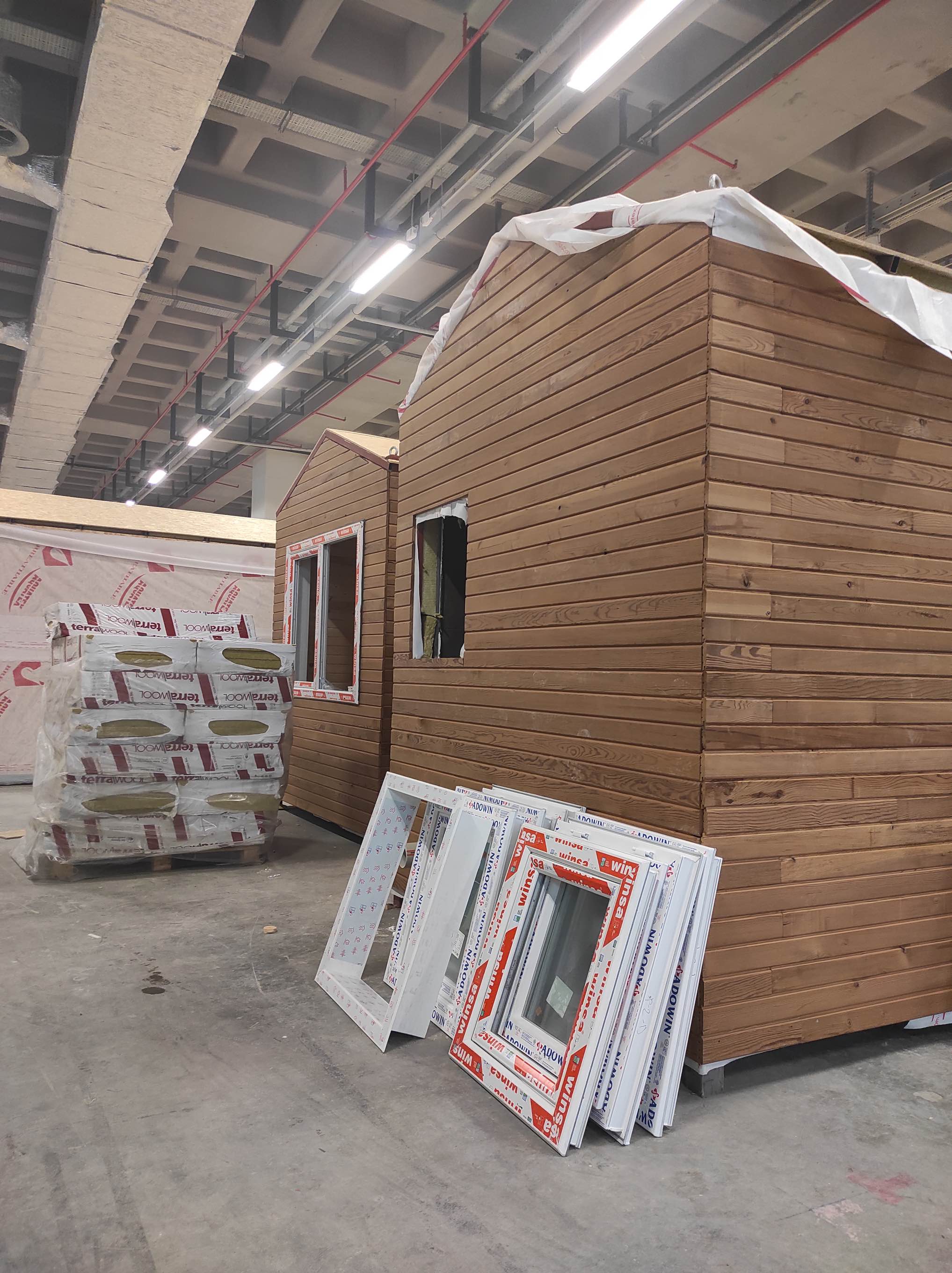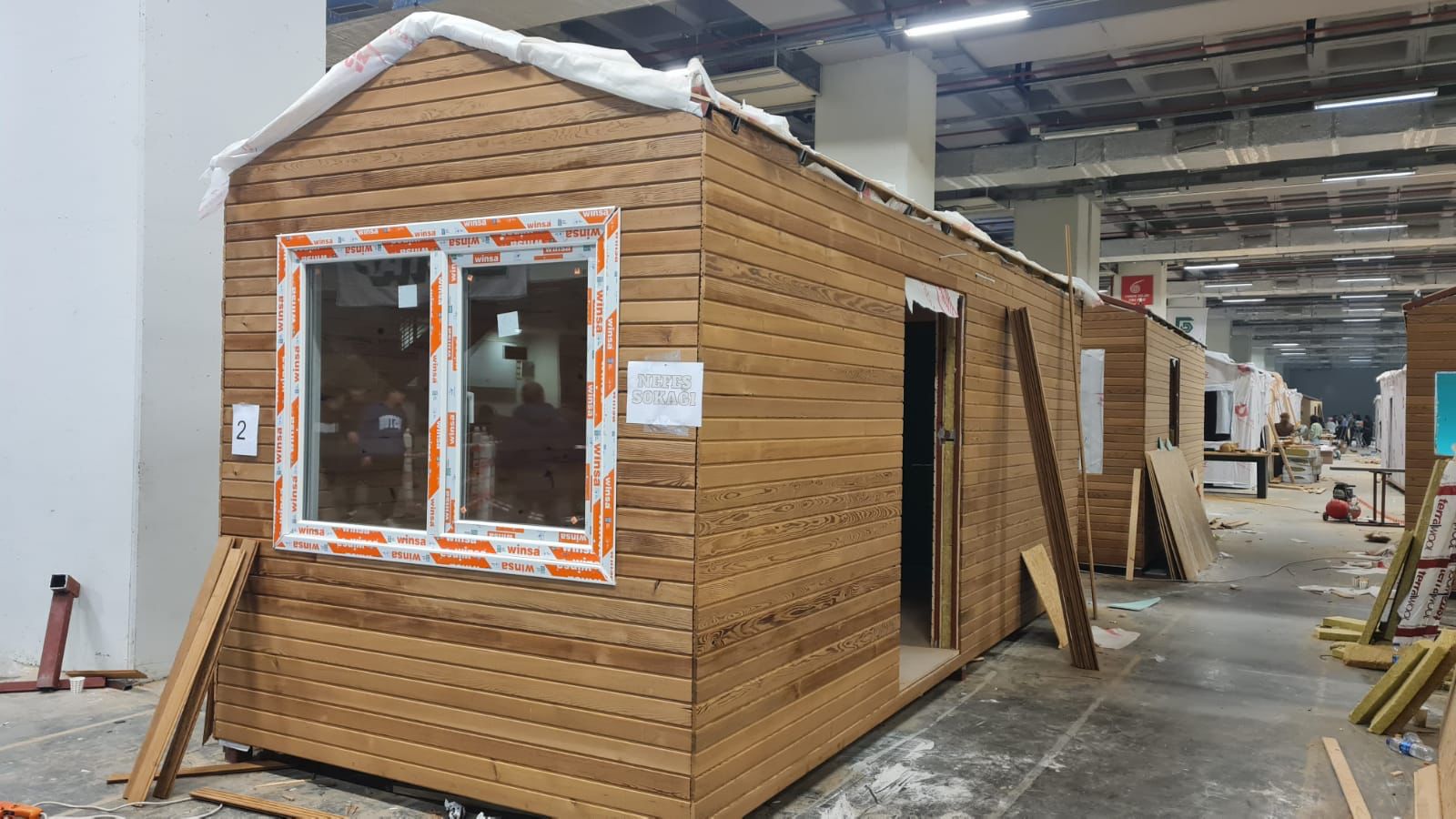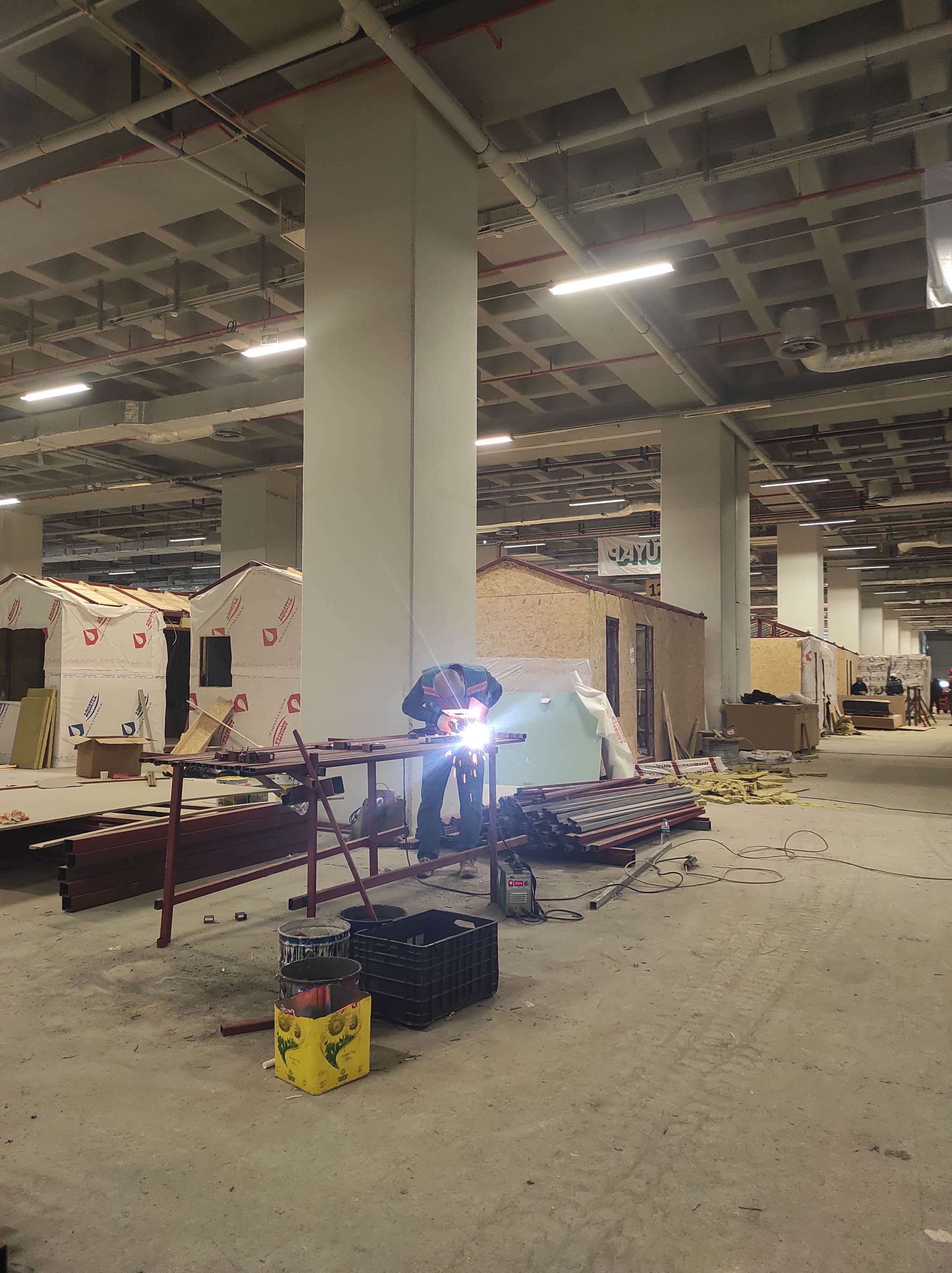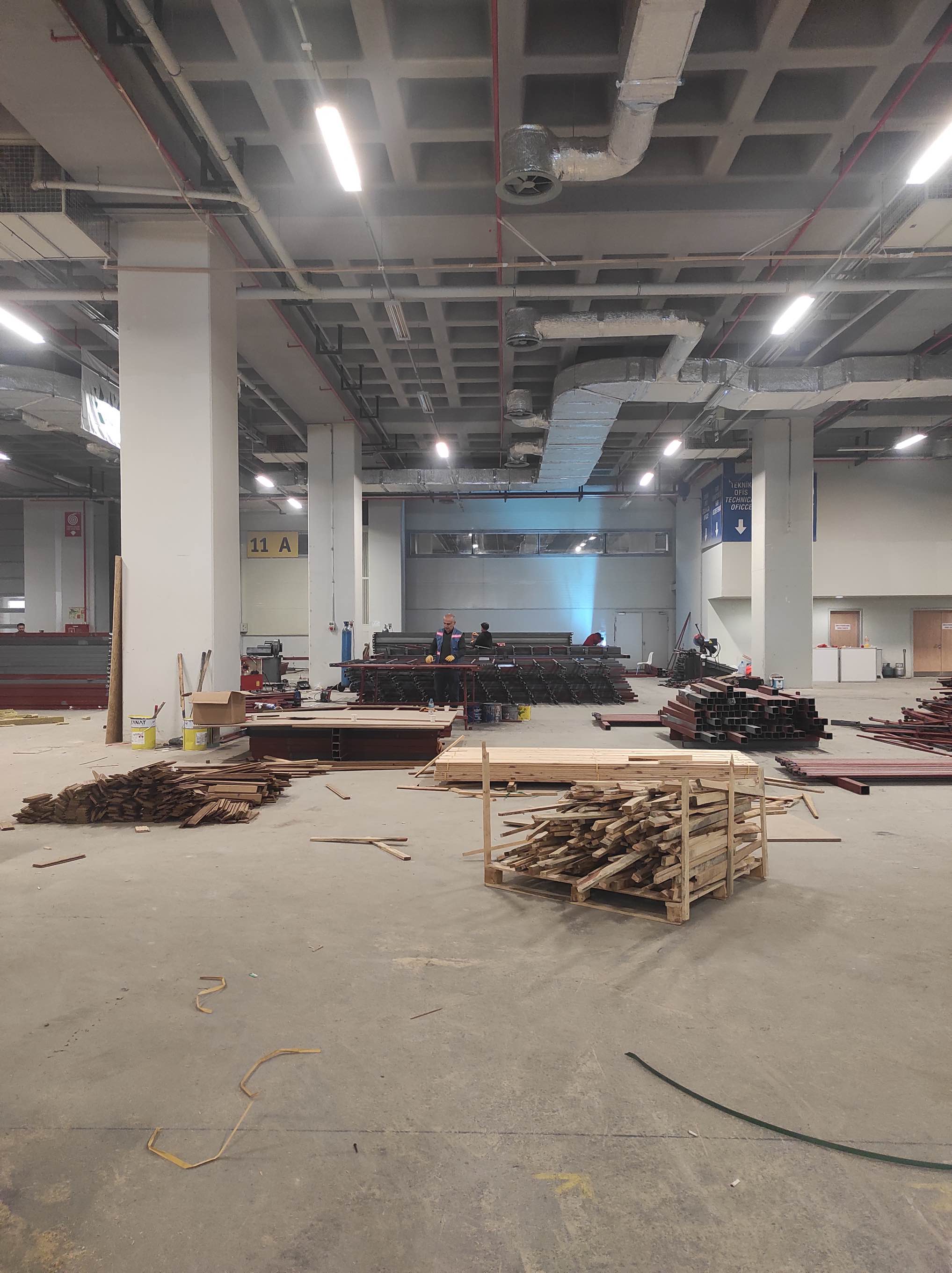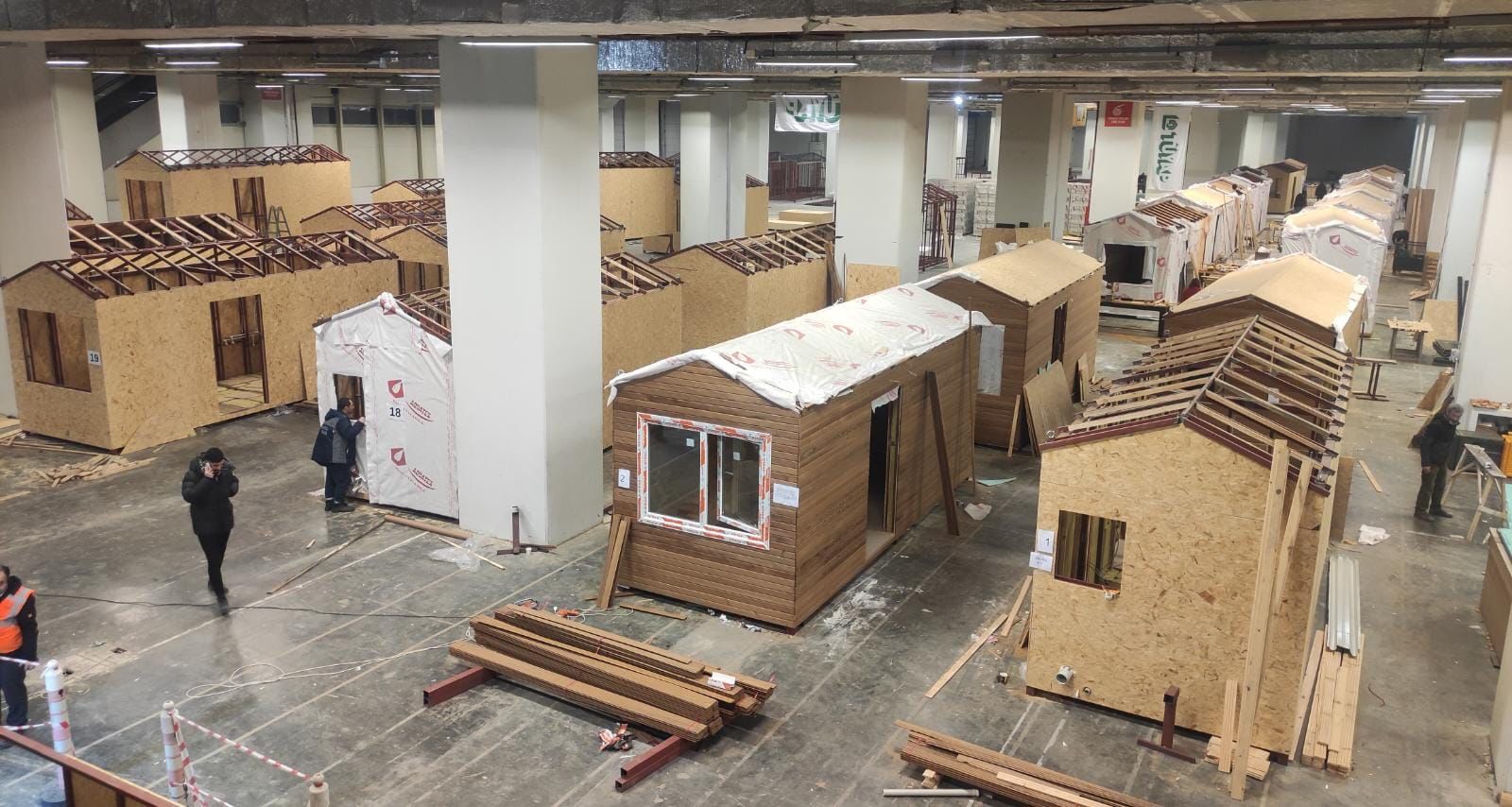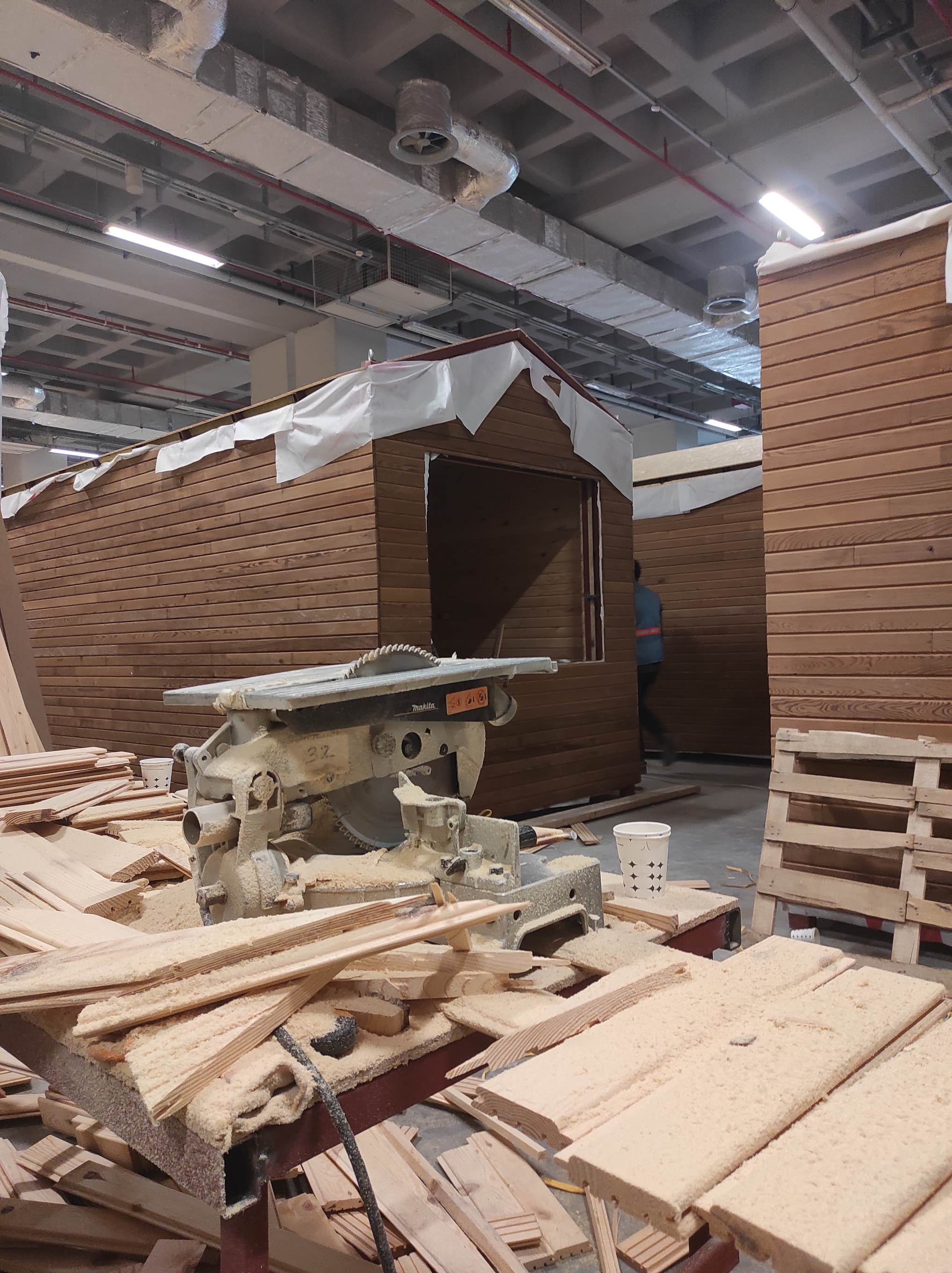Work Continues for Tiny Houses to Go to the Disaster Zone!
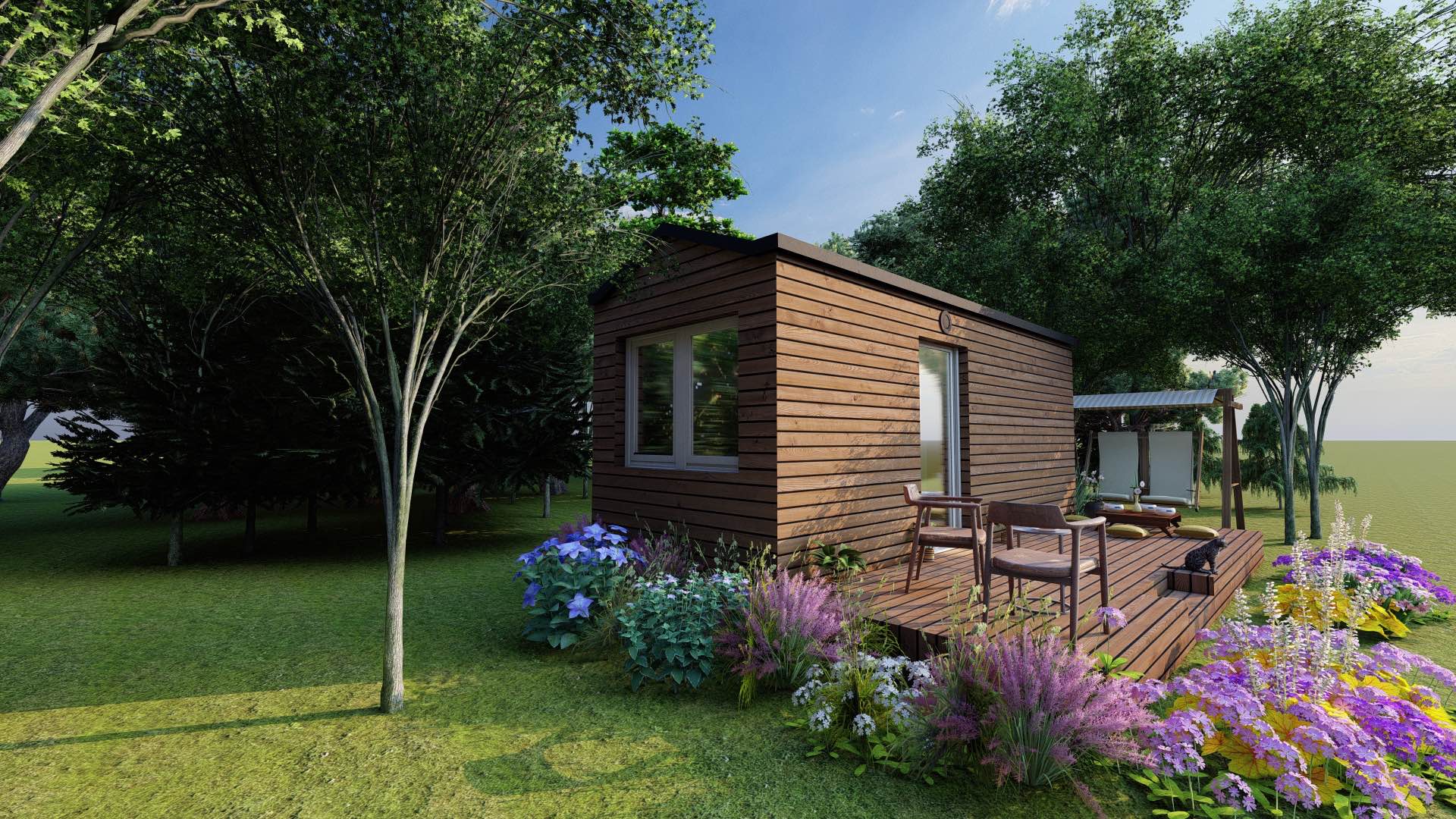
Tiny House render image, by courtesy of Haos Design Architecture.
On February 6, 2023, following the earthquakes centered in Kahramanmaraş, an urgent need for shelter arose. In a swift response to provide temporary housing for the earthquake victims, Haos Design Architecture, a company specializing in Tiny Houses, initiated a volunteer project, seeking support from both their suppliers and social media followers.
As part of this endeavor, a team of volunteers from diverse disciplines, particularly including architects, interior architects, and builders, is producing 100 Tiny Houses. These houses, crafted with materials provided by suppliers, will be dispatched to the earthquake zone.
We had a discussion about the project’s intricacies with the Interior Architect Zülal Çakıcı, the Founder of Haos Design Architecture, at the TÜYAP Fair and Congress Center, where the production is in progress.
The collaborative effort is fueled by good intentions, with everyone diligently contributing to the cause.
Hello, first of all, could you give us some information about the current situation? How many days have passed since you started working, and at what stage are you in the production process?
At the outset, we set ourselves the goal of “100 houses in 30 days”. As of today (February 24), we are on day 14. In this span, the structures of more than 60 houses have been completed. The molds for the remaining houses have been prepared, and the frameworks will be finished as of tomorrow. Each house is at a different stage, and when someone completes one step, they continue with the next one. That’s why we need craftsmen from every field at every moment.
How many people does it take to assemble a house, and how long does it take?
The house can be structurally completed in 1-2 days. We can finish the structure, OSB, rock wool, and paneling in 2 days because we work day and night. If we weren’t operating 24/7, we wouldn’t be able to progress so rapidly. Additionally, the volunteers invest significant energy and effort; we likely wouldn’t achieve such excellent results in a paid job. The collaborative effort is fueled by good intentions, with everyone diligently contributing to the cause. Some individuals put in 15-16 hours, and we keep advising them to go home and rest. However, they insist, saying, “I won’t leave until I finish”, and it’s thanks to them that we can progress so quickly.
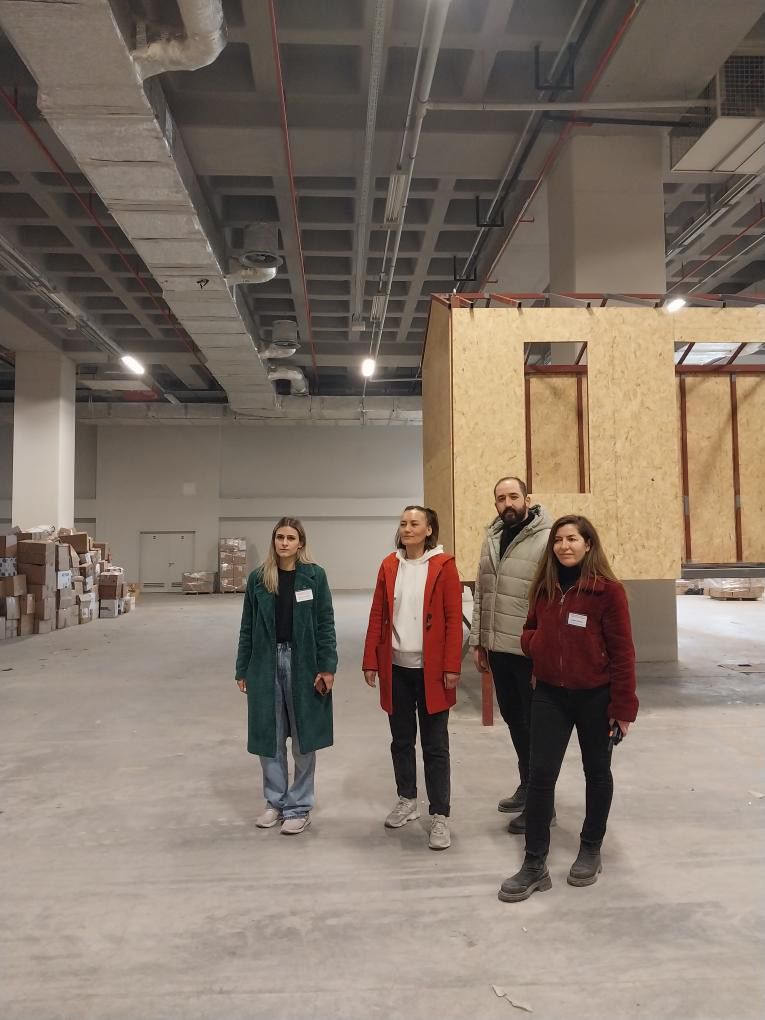 Tiny House organization team, by courtesy of Haos Design Architecture. |
Speaking of volunteers, who responded to your call for solidarity on social media? Can you tell us about who supported and what kind of support you have received so far?
Currently, there is a great team working in the background. I initially announced the project on social media, and on the same day, I shared it with a group of my friends who are interior architects. I said, “I want to do something like this, I need your support”, and about 30 of my architect friends immediately expressed their willingness to support it. The next day, everyone started reaching out to their companies and sponsors. The operation team now includes architecture and interior architecture students and professionals, personal development specialists, and academics from various sectors. In the field, volunteers come from diverse professions: doctors, teachers, actors, professionals from the cinema industry, search and rescue teams, yoga instructors...
My aim was to emphasize that earthquake victims do not deserve to live in poor conditions.
We call it a tiny house, but can you tell us about its dimensions and technical specifications for those who don’t know? How many people can live in a Tiny House?
At this stage, due to the urgent need, we have constructed 6-meter container-sized houses, and two of them can fit on a 13-meter truck. However, we don’t use the word “container” for these houses as they are not prefabricated. Inside, there is a normal-sized bathroom with a shower, sink, and toilet bowl; a closet with two modules, a stove, a sink, a mini fridge, and a water heater. There is also a wardrobe and a large bed area suitable for families with children. The next 50 houses will also feature a mezzanine floor, providing additional space for children to sleep upstairs and parents to sleep downstairs. These houses can accommodate a family with 3-4 children, totaling up to 6 people.
Our dream is to establish a self-sufficient ecological village in the area where we will place the Tiny Houses.
Having your own bathroom and toilet is a great advantage, but on the other hand, we hear that the sewage system in the area is a big problem right now. How is that problem being solved here?
The drains of the Tiny Houses will be connected directly to the sewerage system. However, we have a more extensive vision in this regard; we are considering the bigger picture. Our dream is to establish a self-sufficient ecological village in the area where we will place the Tiny Houses. We are being cautious not to be close to other tent cities, ensuring not to exclude people who cannot access this opportunity. Our goal is to convey the message that we can positively impact everyone’s lives. Currently, we are working on the systems, but our dream encompasses creating a living space where gray water can be reused, waste transformed into fertilizer, ecological agriculture practiced, and foreign dependency reduced.
We have specific various criteria, such as ensuring the installation area is not on a fault line and the land is neither too arid nor too wet.
Through which organization will you distribute Tiny Houses in disaster areas? Who determines the area where the houses will be built and according to which criteria?
We are in contact with the governorships of the earthquake zones. We have specific various criteria, such as ensuring the installation area is not on a fault line and the land is neither too arid nor too wet. Perhaps this might sound a bit ambitious, but we are chasing a dream to enhance the beauty of Turkey and the world. In other words, this will be an exemplary city, a model for life, as we aim to demonstrate how life can be reconstructed in post-disaster areas and to what extent. We aspire to replicate this model in 10 other provinces.
We plan to retain these initial 100 houses as an example without removing them. We believe that they will contribute to development and generate employment in the area where they are located.
What will happen to these houses when they are no longer needed in that region; can they be reused in another disaster?
Initially, my plan was to keep these houses under our supervision, ensuring maintenance, control, and storage coordinated with AFAD, making them available for deployment to another region in case of a future disaster. However, by joining forces with a friend I met through this project, the idea of an ecological village emerged.
We plan to retain these initial 100 houses as an example without removing them. We believe that they will contribute to development and generate employment in the area where they are located. Currently, shops and factories are closed, and workers, livestock breeders, and individuals engaged in agriculture have not only lost their homes and relatives but also the means to sustain their lives. As mentioned earlier, we are approaching the issue with a broader perspective, and we aim to keep these houses operational, although it is not confirmed at the moment.
Our need for labor persists 24/7. We are particularly in need of individuals who can work during the night.
Do you still need labor and materials? If you have an announcement to make, we’d be happy to share it here.
Our material needs are mostly met. Currently, we only require daily consumables such as gloves, screws, masks, and overalls. As daily needs arise, we communicate the list to our existing benefactors. However, our need for labor persists 24/7. We are particularly in need of individuals who can work during the night. While people are initially enthusiastic and eager to help in the first week or two after such disasters, many eventually return to their daily routines. From the very beginning, I have emphasized the importance of not forgetting what happened. With 15 days remaining, we must continue with the same intensity and dedication to achieve our goal of completing 100 houses within a month and delivering them to those in need. Therefore, we are seeking craftsmen skilled in welding, carpenters, water and electrical fitters, as well as volunteers capable of handling various intermediate tasks. Individuals who arrive saying, “I don’t know how to hold a drill, but I can do whatever work is needed” often become adept after the completion of the 3rd or 4th house. In a way, this place has transformed into a school and a rehabilitation center. We welcome anyone who shares the same purpose and dream, ready to work with us.

